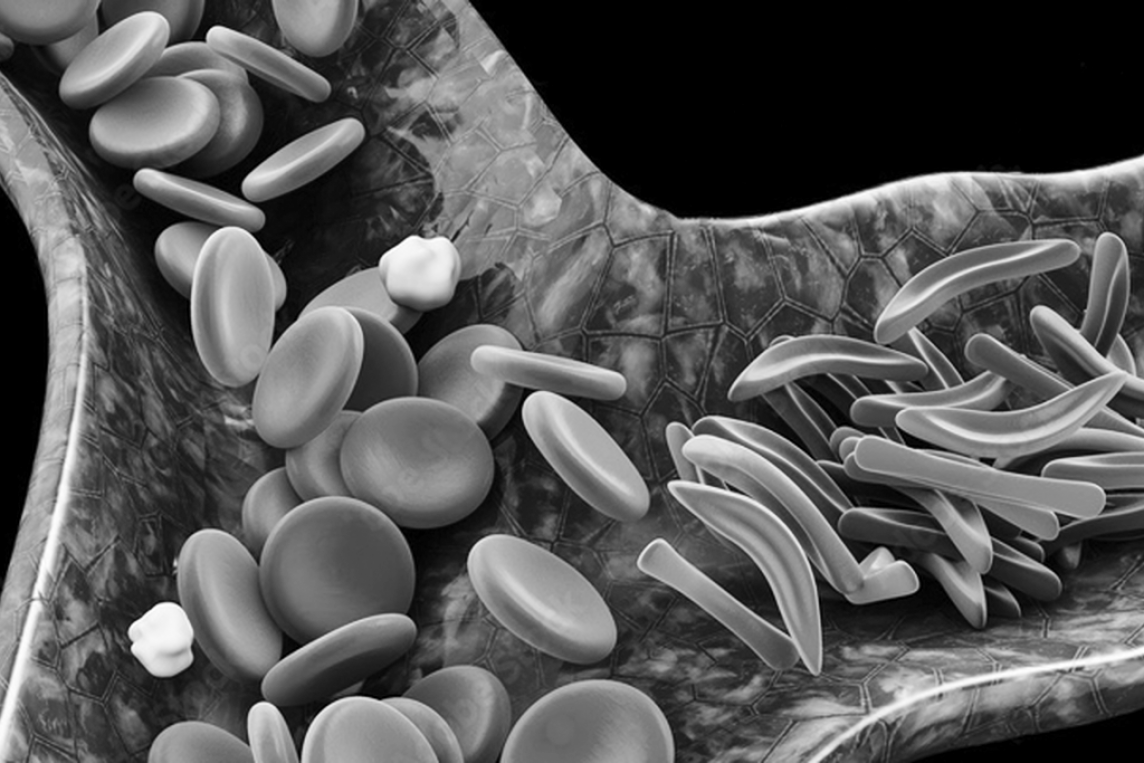The Future Is Now for Sickle Cell Disease

There is a saying that science looks like magic if you don’t understand what makes it work.
That is especially true regarding the latest therapy for sickle cell disease, a disorder seen in people of black African and Sicilian descent. The disease is caused by an abnormality in the red blood cells that leads to a sickling shape in the cell. The consequence of sickling is clumping of the cells, then blockage of small blood vessels. The symptoms include pain, anemia, infections, growth problems, stroke, and several life-threatening complications. You can imagine that everyone who has sickle cell disease or who has known someone with sickle cell disease has been waiting impatiently for better treatments. Years ago, I asked a hematologist who specialized in sickle cell disease why we can’t do bone marrow transplants. The answer was that at that time the complications might outweigh the possible improvements. Still, our inability to prevent sickling has led scientists to keep thinking of better ways to do a transplant.
Red blood cells contain a specialized protein called hemoglobin, which is responsible for carrying oxygen. When there is a lot of oxygen, the hemoglobin holds onto it tightly. When the red blood cells move to areas with little oxygen, the shape of the hemoglobin changes and the oxygen is released. This marvelous hemoglobin is made up of amino acids, and a mistake in a single particular amino acid will lead to sickle cell disease. If you are familiar with genetics, you may wonder why this defect in the genetic code has not disappeared since the disease is so disabling. Some people thought that the original people with sickle cell disease in Africa were less likely to get malaria and so survived to give the disease to the next generation, but for whatever reason, the problem is still with us.
In the last few years, a new science has developed in which scientists can produce special biologics to produce a technology called CRISPR; the special molecules go into the cells and make adjustments to the DNA inside the nucleus. The exact mechanism is beyond the scope of this article, and I’m not sure I could explain it in just a few paragraphs. So, I guess for me, this CRISPR technology is more magic than science, but it’s an important part of the new treatment for sickle cell disease.
The first step in the new treatment is to collect special cells called stem cells that live in the bone marrow and produce red blood cells. Then, the stem cells are treated with the CRISPR technology so that the defect is corrected. When the treated stem cells are placed back in the bone marrow, they make normal red blood cells. Fewer sickle cells and more normal cells mean fewer symptoms and fewer complications. It’s like a bone marrow transplant, but without the complications and the powerful anti-rejection drugs.
You may be wondering if this therapy will be applied to other genetic disorders, and the answer is yes. This treatment is not appropriate for all genetic diseases, but you can be sure that researchers are working feverishly to apply this technique to many of the disorders that might respond to CRISPR technology.
Robert B. Golenbock, MD, is currently retired. He has cared for children in the Danbury area for 43 years, including at the Center for Pediatric Medicine. The CPM is located at 107 Newtown Rd, #1D, Danbury, CT, 06810. For more information, please call (203) 790-0822 or visit https://centerforpediatricmedct.com.







